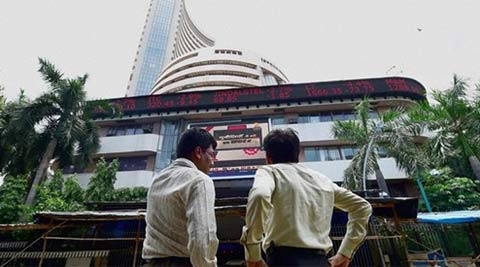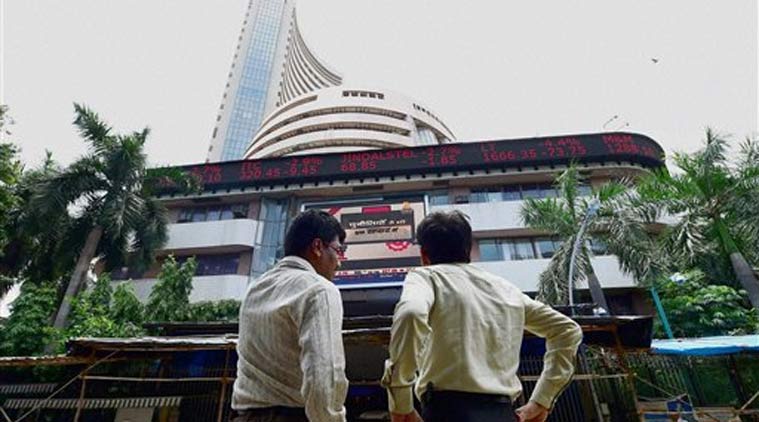Opinion Insulating India
Even as global markets are roiled, India needs to focus on building infrastructure, easing rules.

 Bombay Stock Exchange
Bombay Stock Exchange
The meltdown in stocks, with the BSE Sensex sliding by over 1,600 points on Monday in the wake of the rout in the Chinese and other major global stock markets, and its collateral impact on the rupee, which fell to a low of 66.71 to the dollar, are bound to further cast a shadow on prospects of a global recovery. The RBI governor and Union finance minister have been quick to address some concerns. They have drawn attention to the fact that India’s macro indicators are under control and that the current bout of volatility could be transient. The governor went a step further to say that the central bank wouldn’t hesitate to use foreign exchange reserves to reduce volatility in the currency market.
To be sure, India isn’t as vulnerable today as it was in 2013 — the year of the “taper tantrums” — when the rupee fell to a two-decadal low after the twin deficits on the current and capital accounts had coupled with runaway inflation and surging oil prices. Indeed, it is much better positioned now. With both the current and fiscal deficits under control, low inflation and global commodity prices, especially oil prices, heading south, besides adequate foreign exchange reserves of over $355 billion, a major oil importing nation like India should logically benefit compared to its peers, many of whom are major commodity exporters. Few governments in India have had the fortune to enjoy such a relatively long secular bear phase on the commodity price front. That’s why the government should quickly embark on a programme to push domestic investment or a “Make for India” mission, and focus on building more roads, ports, new cities and other critical infrastructure projects that can power growth with the states on board. In fact, the government will be forced to do so, considering that exports have continued to fall and the prospects of a global recovery are severely clouded. The renewed focus on building infrastructure and boosting the infrastructure sector will have to be accompanied by the easing of rules, much of which can be done through executive action and clarity on the tax front. Once such concerns are addressed, global capital is bound to flow to a country that offers good investment opportunities. Anecdotal evidence suggests that overseas investors are willing to bet more on India than local investors — a reflection of the underlying growth potential of the economy.
Modi and his team must seize the moment to reshape India’s economic fortunes over the long haul. Letting it slip this time could prove to be politically costly down the line — as the UPA realised when it was too late.


